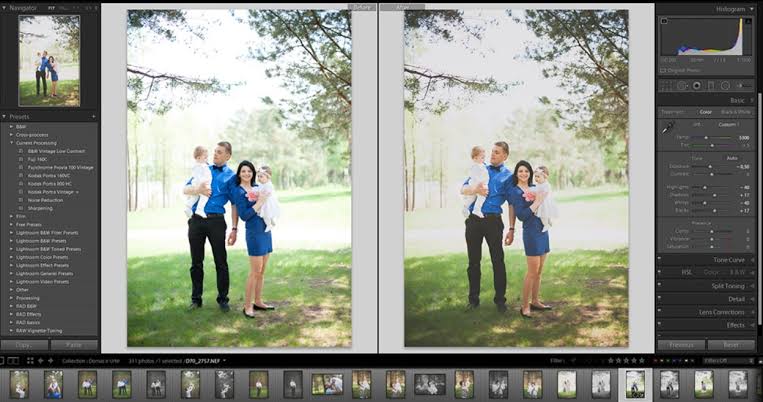

Many articles are available to see what those advantages are.Īdobe is a leader in post-processing programs. There are advantages to shooting in the camera’s RAW image format. Images shot in RAW will require some sort of processing to be shared, seen, sold, or printed. In addition, many images displayed as fine art or sold to clients have had some custom work done to them before delivering files or printing.Īny SOOC image is most likely going to be in the JPEG file format. In other words, there is nothing inherently superior in presenting SOOC images as opposed to an image with improvements or corrections. Regardless of how careful a photographer is in setting up exposure and composition, there is often at least one little thing that could be changed. When taking photos, a person will tend to differentiate in their minds what images are snapshots as opposed to fine photography. Straight out of the camera (SOOC) images can often use at least a tweak. I spotted and fixed a few stitching errors (I hope I didn't miss any!):ĭuomo del Atrio dei Quattro Cancelli vertical panorama (AP), Vatican MuseumĪP did a much better job than ICE, which had worse stitching errors.Why Use Photoshop or Lightroom in the First Place? This worked quickly and easily in AP, so I didn't need to use ICE. Three image panorama in the Colosseum, Rome First an easy one, where I couldn't spot any errors: Here's a couple from a recent trip to Rome. Both are easy to use, and quick, so I try both if one produces too many errors. I like ICE much better, but find that Affinity Photo seems to produce fewer stitching errors. It's very slow, clunky to use, and fails altogether with most of the panoramas I've tried. I've struggled to use Hugin a few times, but made no progress. It's super-easy to use, fast, offers lots of different projection options, handles two-dimensional stitches as well, produces great looking output and is completely free. I used to use Hugin, but since I downloaded ICE (Image Composite Editor), I did not look back even once. It's cool the way you can see right away the effect of different stitching options. I only have the stand alone LR 6 version, so those recent changes would not be on my version, and I don’t want to subscribe to LR. The recent change in LR cannot be an easier. While some engines present some challenges.
Ptgui vs photoshop free#
Lightroom/ACR is one of the best for RAW because the output is a 16-bit image that you can then edit like any other image in Lightroom/ACR.įor JPGs I would recommend the free Microsoft Image Composite Editor if you have a Windows computer.
Ptgui vs photoshop software#
What software is the best depends on whether or not you are using JPGs, TIFFs, or RAW image files. It isn't the most scientific review since I didn't try the various programs with a variety of different subjects but it may be of interest.ĭPReview - Sailorblue - Re: "best quality" panorama and HDR software?: Retouching Forum: Digital Photography Review I did a review of panorama software awhile back. I will look into and try this open source software. Hugin is very forgiving, all of my shots are handheld, put my thumb under the nodal point of the lens, then rotate and snap. Some older panos on my (abandoned) Flickr, all stitched with Hugin over the years: Hugin also has a batch processor, I can queue up all of my projects and let it stitch them over night. Hugin can also stitch HDR (with 16-bit TIFF).Īnother one from the same trip, with 7 shots.

I could have done with JPGs, but I found exporting as 8-bit TIFF retained better gradients for the final JPG and avoid lossy JPG compression. Here's one I've just stitched an hour ago from my last trip, 9 TIF files exported from RAF in darktable (also free/open-source).
), click "Align", review, and click "Create Panorama". Hugin, free/open-source, is specialized in panorama stitching, and it automates most of the process, just drag-drop the images in (JPG, TIFF. I also have the old Lightroom 6 that I could use. So I am wondering if there is any better software to do that (preferably free software). Sometimes PE works great to align everything, but sometimes it superimposes two elements even it was seems to be a simple stitch of two pictures.
Ptgui vs photoshop series#
I have been using Photoshop Elements 13 for stitching photos taken in a series when I don't have a wide angle lens with me, for example if a building is too wide for the lens I am using, I will take two or three pictures to stitch in post processing.


 0 kommentar(er)
0 kommentar(er)
